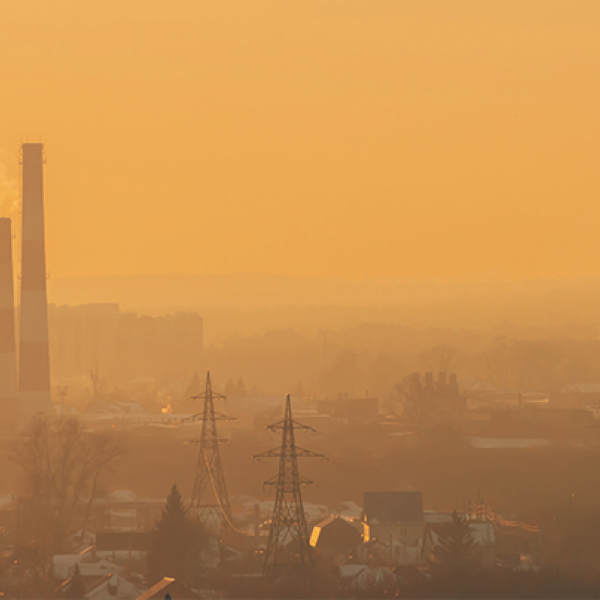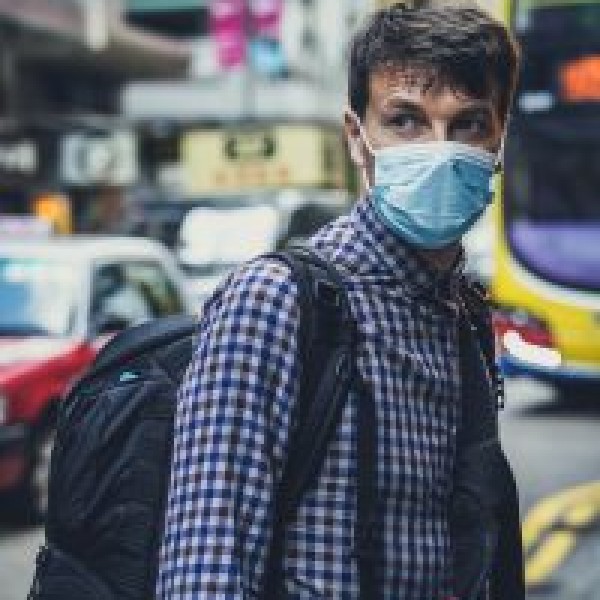Weekly concentrations of fine dust were examined and analyzed, making use of R statistics. A closer look was taken at the behavior of various viruses, including the coronavirus. The researchers found out that viruses, as well as the coronavirus, are proportional to “micro-dust”, relative humidity and is inversely proportional to temperature.
Viruses are travelling particles
Researchers believe virus droplets attach themselves to the condensation cores of (ultra-) fine dust (e.g. PM2,5 and PM10). Viruses are miniscule traveling particles, invisible to the naked eye. They spread through slightly larger (ultra-) fine dust particles, which are invisible to the human eye as well. Virus particles tend to settle inside the condensation cores of slightly larger (ultra- ) fine dust particles, which is exactly what the research was about. With this science we might be able to state that the systems of StaticAir could be capable of contributing in removing viruses from the living and working environment.
Sources:
Impact of ambient fine particulate matter (PM2.5) exposure on the risk of influenza-like-illness: a time-series analysis in Beijing, China (february 2016) by Cindy Feng, Jian Li, Wenjie Sun, Yi Zhang, and Quanyi Wang
Influence of Fine Particulate Dust Particulate Matter 10 on Respiratory Virus Infection in the Republic of Korea (october 2019) by Cheon JM, Yang YJ, Yoon YS, Lee ES and others.





